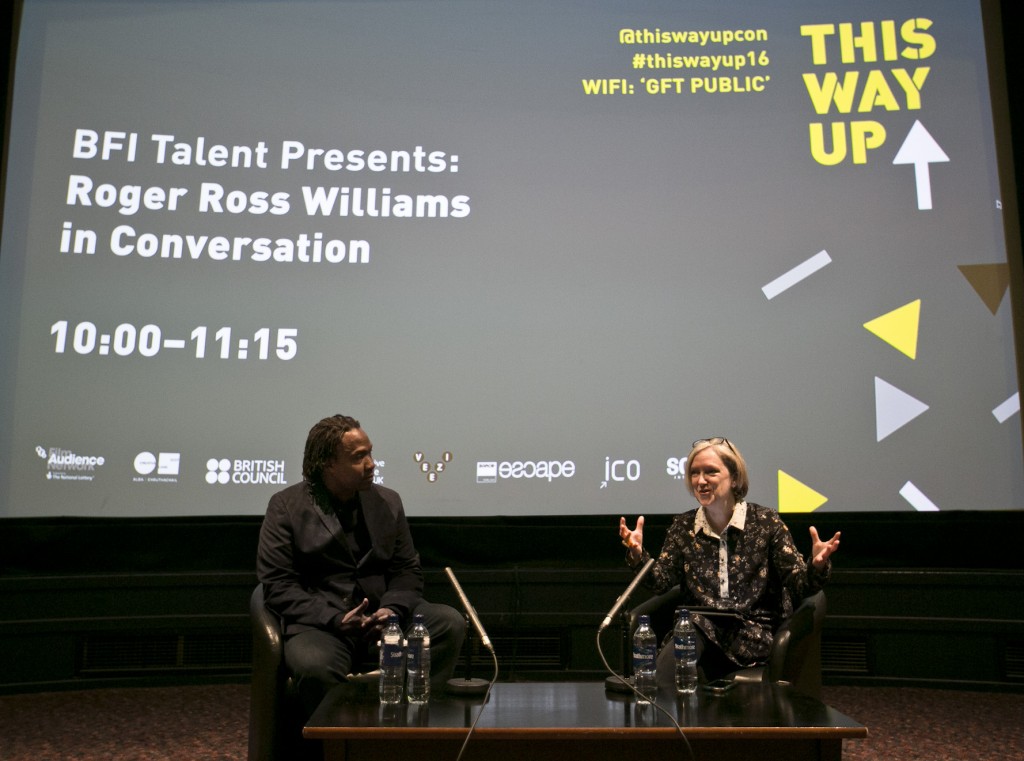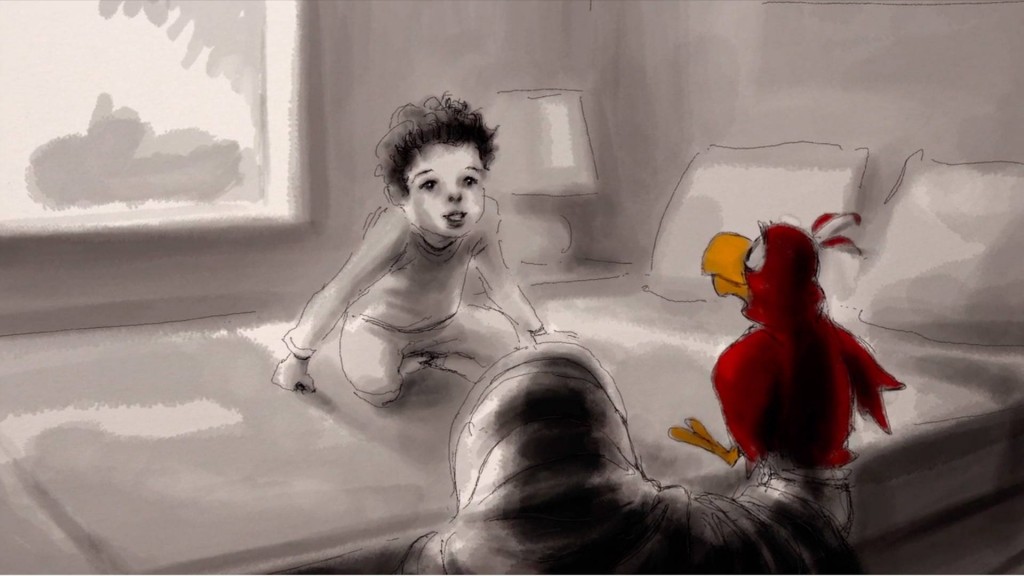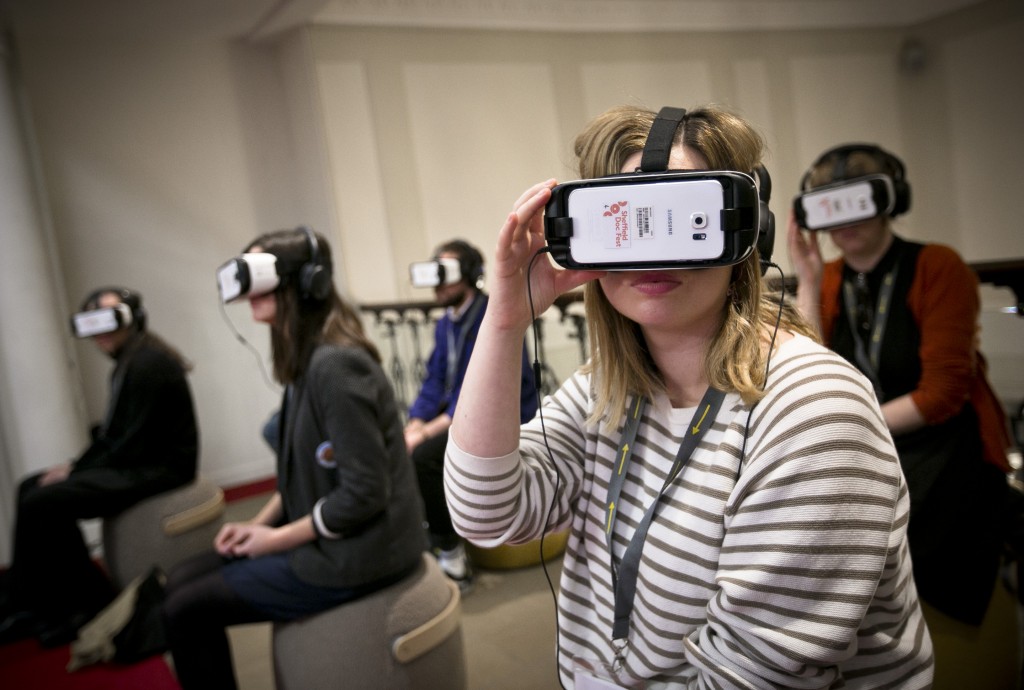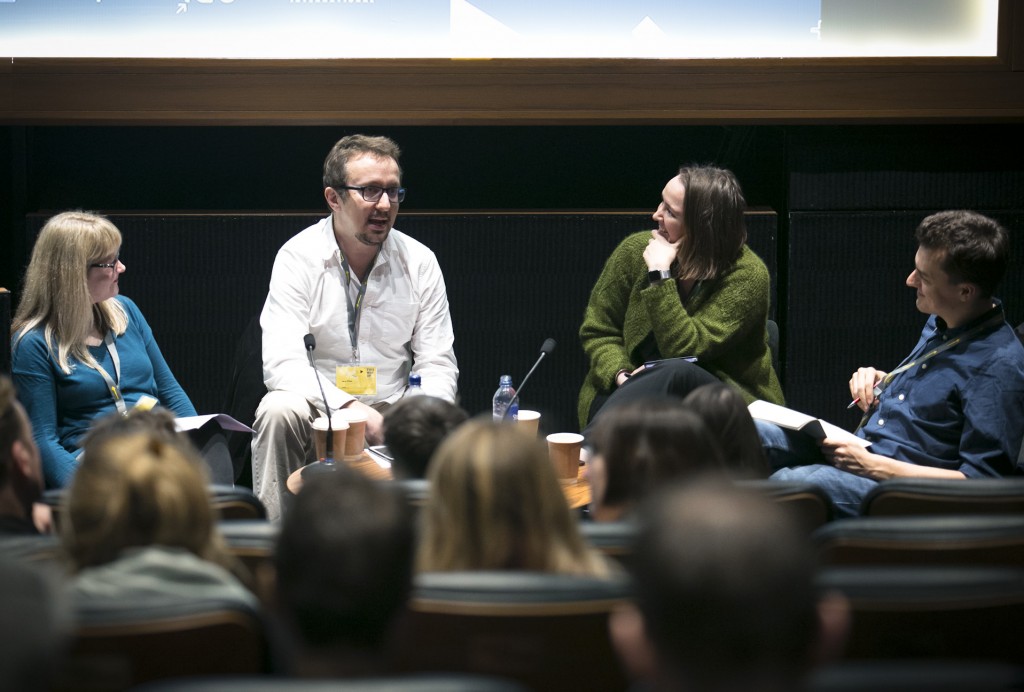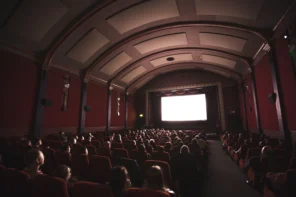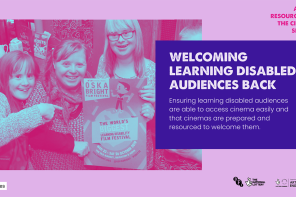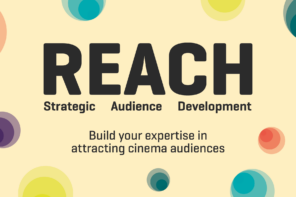BFI Talent Presents: Roger Ross Williams in Conversation
Day Two kicked off with a conversation between acclaimed filmmaker Roger Ross Williams and Janice Forsyth of BBC Radio Scotland on the subject of documentary storytelling in film.
As an opening aside, Williams mentions that he “never gets to talk to exhibitors” which strikes me as interesting, even if its not exactly news to us.
Williams began his career in TV news covering the Sundance festival where he was interviewing documentary filmmakers. Impressed by the medium of documentary film, he quit his job and moved to Zimbabwe to make his first film the Oscar-winning documentary short Music by Prudence.
Despite his initial success, making the next film would prove to be a struggle. Williams says, contrary to expectation, his phone did not ring. He puts this down to Hollywood’s lack of diversity and says that he had to actively seek out funding to make the films he wanted to make. Using his status as an Academy Award-winning director he was able to persuade a US foundation to fund his next film.
Rejected at a young age by his Minister father’s Church, Williams says that he identified with outsiders and is drawn to stories that are told from an outsider perspective. His latest film Life, Animated tells the story of Owen Suskind and his family who discovered Disney animated movies could be a tool to help overcome communication challenges arising from Owen’s autism.
With the story evidently reliant on co-operation from Disney, Williams was able to use his status and connections as a Sundance board member to convince them to back the project. The film was fully funded by A&E IndieFilms and sold at Sundance to distributors The Orchard. Williams feels that the theatrical model for documentary films is a thing of the past, at least commercially, but clearly still believes in the power of the theatrical experience. He says that the majority of people that will see Life, Animated will do so via a streaming service or on a long-haul flight.
Nevertheless, according to Williams, the film has enjoyed great success with autism-friendly screenings in US cinemas, and it has been supported by a successful grassroots campaign in schools and the autism community.
Life, Animated is released in UK cinemas on December 9th by Dogwoof.
Who Watches the Movie Watchers?
Thankfully, for me, the answer is not Watchmen, but instead, a session on using data to understand audiences, presented very engagingly by Stephen Follows.
We’re assured early on that there won’t be any maths which is a relief after last night’s drinks reception. The talk covered four subjects:
- Who do we need data about?
- Who attends UK cinemas? (age, gender, language, social class, ethnicity, disability)
- The four types of frequent UK cinema-goers
- Where you can find your data
Follows began by highlighting the contrast between audience size and production (hard to explain here, but peaks in audience demand do not coincide with peaks in UK film production). Seemingly, therefore, the data does not tell us that there is a strong relationship between supply and demand, at least as far as UK film goes. He then goes on to demonstrate that the vast majority of admissions are for a tiny percentage of titles, not exactly news to those in the room.
Clearly, though, Follows is aware of his audience and, in the next section, tried to give us an overview of the wider cinema-going public, outside of our exhibition bubble. He argued that the make-up of cinema audiences isn’t changing, but that they are making different choices. Breaking down audience by age, it’s interesting to see that almost 70% of audiences are 34 or under, across the entire genre spectrum. Since 2008, however, there has been a 33% increase in the number of people aged 55 and over going to the cinema, whilst cinema trips are decreasing in groups below the age of 25.
Highlighting titles such as The Best Exotic Marigold Hotel and The King’s Speech, Follows said that, at the moment, there is a stigma in suggesting that these films are made for an older audience, much like horror was stigmatised in the 1970s. He believes this will soon pass and the production of films specifically targeting this age group will become more common.
Looking at the ethnicity of the UK film audience, we see that the cinema-going crowd (as opposed to those buying or renting videos, or consuming film digitally) is the most diverse, despite still being 90% white. To the surprise of the audience, 37% of films released in the UK are not English language, even if less surprisingly they generate just 2% of the box office share.
The four audience groups are categorised as:
- Blockbuster Only – 10% of the UK population fall into this category
- Blockbuster Mainly – 60%
- Indie Mainly – 28%
- Indie Only – 2%
The average person in the UK buys 2.6 tickets per year. The frequency of visits is higher in the groups that watch indie films as opposed those that only go to see blockbusters, and they are also more likely to change their minds about seeing something in the cinema. Data suggests that word of mouth in the form of positive comments from friends or glowing film reviews are by far the most powerful tools in persuading these groups to see a film at the cinema. The Indie Only crowd believe that they are unmoved by marketing and advertising, although maybe this tells us more about their self-awareness than it does about how to reach them.
Finally, we move to sources of data. Follows highlights the BFI’s Research and Statistics Unit (RSU) who provide data via their Statistical Yearbook, official statistics release calendar, weekend box office figures stretching back to 2001, as well as insight reports, case studies and audience exit polls (2005-2014). Pearl & Dean, Box Office Mojo, The Numbers, OpusData, Lumiere and the British Council are all good sources of free global film data, whilst those that have a budget for research can head to IMDb Pro.
Personal ‘Realities’ and the Communal Experience was my last panel at this year’s conference, and it intrigued me, having experienced VR Notes on Blindness: Into Darkness over lunch. The panel was:
- Tom Grater (Screen International)
- Melanie Iredale (Sheffield Doc/Fest)
- Johanna Koljonen (Nostradamus Project)
- Jorg Tittel (Oiffy)
Tom Grater gave us an overview of the number of upcoming VR projects in the pipeline, and mentioned that the world’s first VR cinema has recently opened in Amsterdam.
We were shown a trailer for Notes on Blindness: Into Darkness, and Melanie Iredale gave an overview of Sheffield Doc/Fest’s VR competition (won this year by Notes on Blindness: Into Darkness), highlighting the importance of storytelling within technology. In her view, VR is an embryonic artform, currently dominated by advertising, pornography and gaming. Doc/Fest are interested in the technology, but particularly in its use as a way of telling stories.
Melanie talked about taking this VR experience on tour around the country, and the varied experiences in different venues; from having a dedicated gallery space to being squeezed into the café. 70% of audiences had not experienced VR before so its not surprising that the venues don’t have natural spaces to host them. She highlights that Notes on Blindness: Into Darkness is very much designed as a standalone piece of art, as opposed to the more promotional nature of the recent VR experience created in support of The Martian, for example.
Jorg Tittel is making a game for PlayStation VR at the moment and says that he wants to explore the idea of loneliness in an increasingly automated world, and what this does to people in the workplace. At the moment, he says, we are still in a novelty stage with VR and the future of VR does not lie in cinemas. A video of the VR Cinema in Amsterdam certainly shows a space that is unlike any cinema I know – with people gathered in what looks like a bar, filled with individual seats and headsets. Johanna Koljonen made the point that, when presenting VR experiences, it is important to have chairs that rotate. Simple, but not easy to replicate in a traditional auditorium.
Melanie says that the similarity with cinema is in audience experience itself. Content is experienced individually, but conversations before and afterwards create communal experiences.
A challenge facing makers of VR work is that there are currently no technical standards, and a myriad of different platforms have different development requirements. Jorg went on to suggest that exposure to technology normalises it, and that audience expectations will grow in conjunction with that.
With things moving very fast, it is difficult to deliver on this demand for institutions; if 2 years is a very long time in VR, it is no time at all to institute business plans. How do cinemas choose to make investments in VR with any degree of certainty?
According to Jorg, Augmented Reality integrates technology with the world around us, meaning that one possible future could see audiences wearing AR glasses, watching a film on a normal cinema screen with a standard projection, and having the film augmented by additional content interacting via their glasses. Perhaps this will be something that the cinema industry can welcome, not least because this year VR will become a $1bn industry for the first time.
Now is the time for exhibitors to be talking to tech manufacturers, Jorg said. HTC, for example, have a $10bn fund for VR development and such manufacturers have an interest in connecting their technology with audiences. For venues that don’t have money to invest in VR technology, developing partnerships with technology companies may provide a way of getting access to VR tech. The BFI will have a role to play, too, as evidenced in their new five-year strategic plan, BFI2022, announced yesterday.
Written by Dave Taylor-Matthews for The Bigger Picture. Keep up with everything from This Way Up on Twitter with @thiswayupcon @bigger_pict #ThisWayUp16 #biggerpicture
Photographs courtesy of Eoin Carey.


